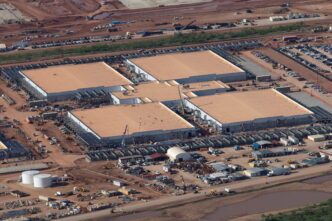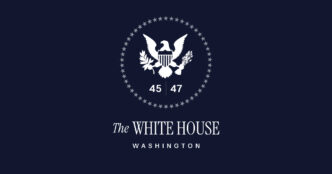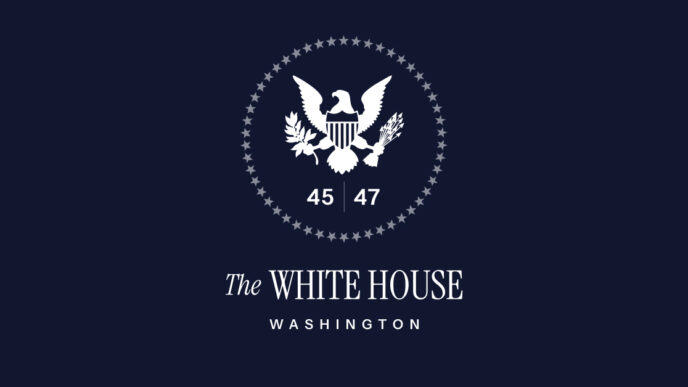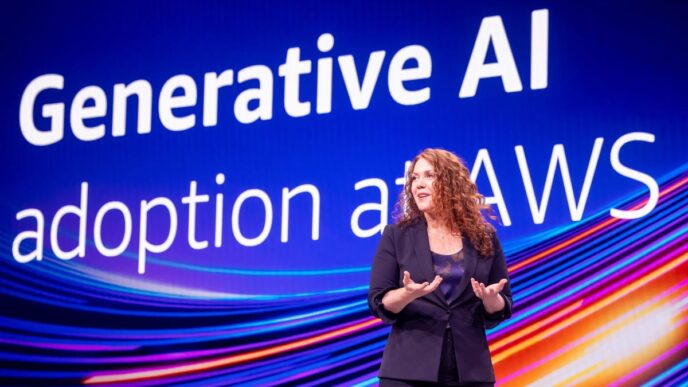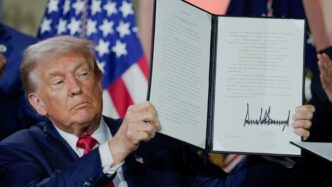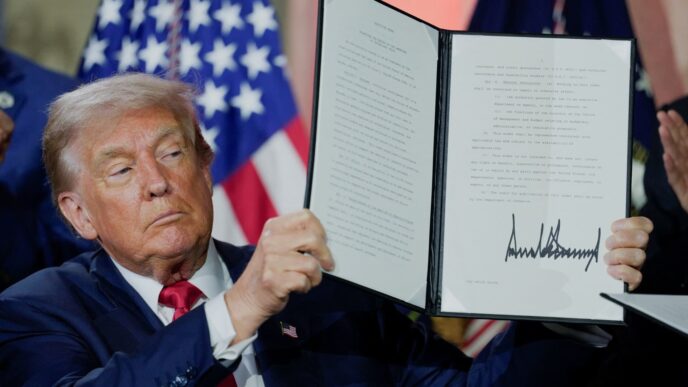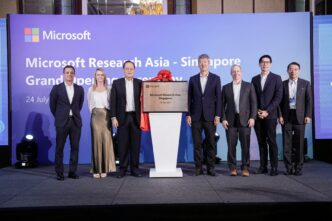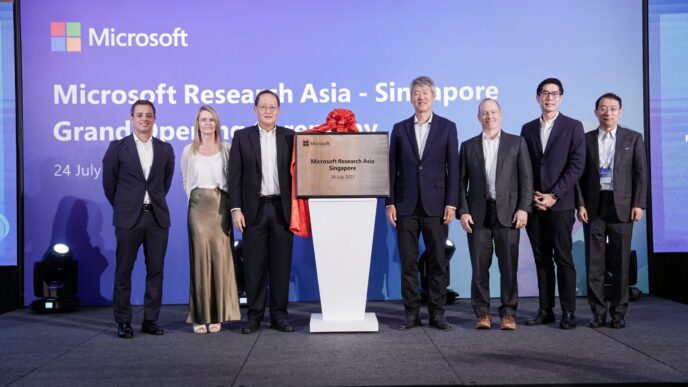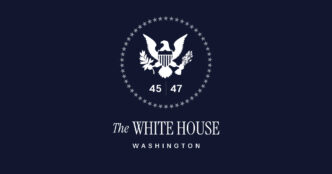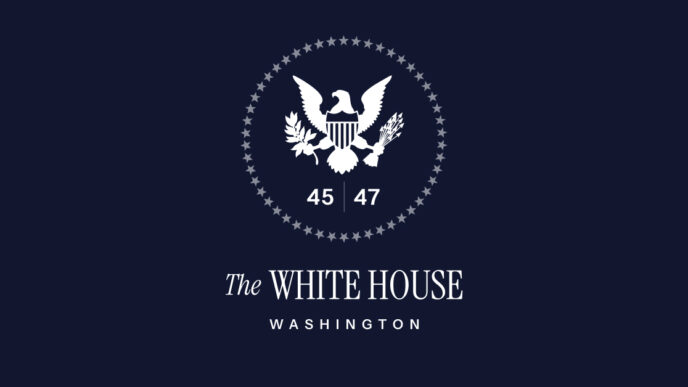The Trump administration launched its new AI Action Plan this week, aiming to reset US AI policy with a focus on less regulation, faster AI infrastructure growth, and global tech exports.
The plan pushes cutting red tape to speed up AI center builds and exports of "full technology stacks" to US allies. It wants to remove “ideological bias” from AI systems and flex US muscle against China.
Experts quickly flagged questions about the plan’s rollout. Atlantic Council’s Graham Brookie said the plan is thorough but worries about government budget cuts hurting diplomacy, research funding, and enforcement of AI norms.
“First, in an era of budget and staff cuts across the federal government, will there be enough government expertise and funding to realize much of the ambition of this plan?…
Second, how will the administration wield consolidated power with frameworks to reward states it views as aligned and cut funding to states it sees as unaligned?
Third, beyond selling US technology, how will the United States not just compete against Chinese frameworks in global bodies, but also work collaboratively with allies and partners on AI norms?”
Trey Herr of the Atlantic Council criticized the plan for missing clarity on the AI "race’s" direction, comparing it to costly arms races with unclear end goals.
Trisha Ray noted the plan leans heavily on pushing exports but weak on offering incentives ("carrots") to allies, instead relying on strict export controls and challenging existing consensus on AI governance frameworks.
Nitansha Bansal welcomed the full-stack supply chain focus covering energy, semiconductors, talent, and cybersecurity, calling it a clear government agenda for AI competitiveness.
Raul Brens Jr. warned that the US can’t lead on AI just by dominating tech supply chains. He said sidelining safeguards and ignoring values like equity and climate risk could alienate allies and fray global trust.
Mark Scott pointed to sharp US-EU alignment on domestic AI investments but predicted tension over the US’s aggressive export and standards push, which could spark transatlantic friction.
Esteban Ponce de León flagged growing tension between proprietary models and open source strategies. The US plan’s push to export “full-stack AI packages” suggests the real advantage will be controlling ecosystems, not just better models.
On energy, Joseph Webster highlighted two bipartisan priorities in the plan: expanding the power grid and funding next-gen “leapfrog” dual-use batteries for autonomous vehicles and military tech.
The plan’s rollout shows the Trump administration’s intent to aggressively boost US AI dominance, but execution and global cooperation remain big question marks.
Image: Construction underway on a Project Stargate AI center—OpenAI, SoftBank, Oracle collaboration in Texas, April 2025 (REUTERS/Daniel Cole)
